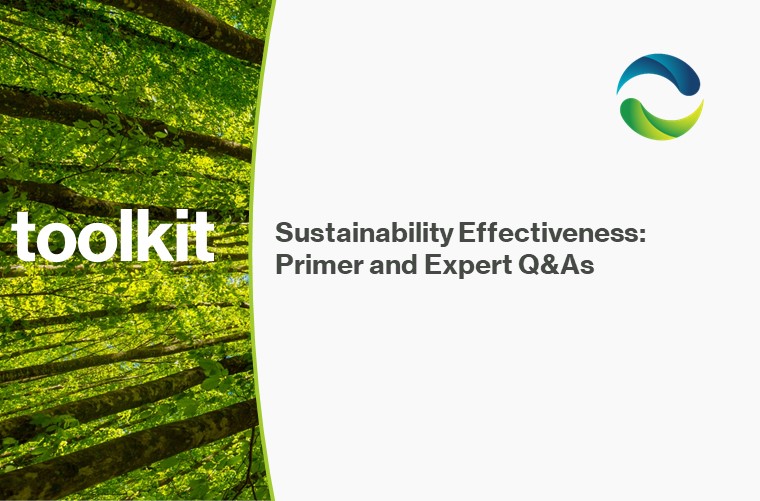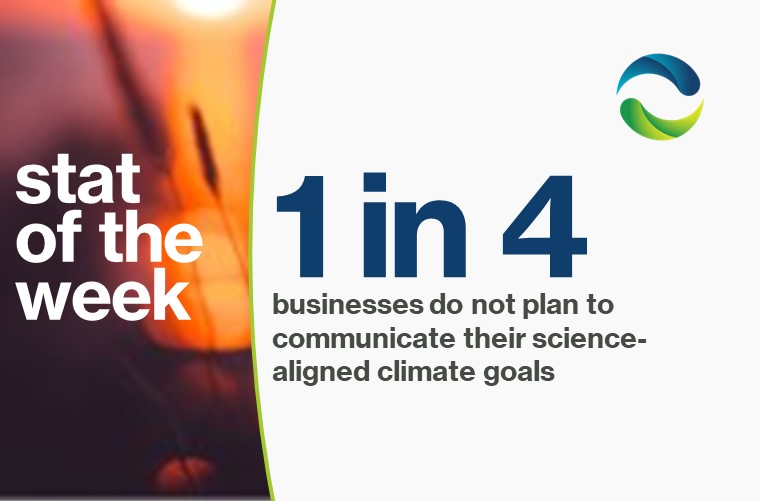New study from The Climate Board and Textile Exchange reveals friction points and sustainability solutions for Fashion & Textile companies
Washington, DC:
The Climate Board, in partnership with Textile Exchange, announces the release of its climate change study Friction Points in Fashion and Textiles: Removing Barriers and Accelerating Climate Action. Working with 40 leading, global retailers, brands, and suppliers, the new study highlights critical industry findings and successful practices in the fashion industry to address climate change.
“The study is filled with timely recommendations for Fashion and Textile companies worldwide to accelerate their journey to net-zero. Taking us beyond ‘analysis paralysis,’ it gives context and best practices to create clear actions. This is really powerful,” says La Rhea Pepper, CEO at Textile Exchange.
Friction Points dives into the climate reduction activities of some of the world’s most advanced fashion retailers and suppliers.
“Friction Points pinpoints the barriers retailers, brands, and suppliers face and highlights sustainability practices that move the needle,” says Ken Bruder, Co-founder and Head of Research at The Climate Board. “The industry is still nascent, and most companies are just beginning to look at the more difficult reductions in Scope 3.”
Findings include:
- More than 90% of emissions from Fashion & Textiles comes from indirect (Scope 3) sources. Fiber and materials offer the biggest lever to reduce Scope 3 emissions.
- The industry is not on track to achieve Scope 3 emissions goals. Early evidence indicates as many as 2/3 of brands and retailers that have announced Scope 3 targets are not on track to achieve absolute Scope 3 emission reductions.
- Announcing bold climate goals does not correlate with actual carbon reductions. While companies are under pressure from stakeholders to commit publicly to aggressive climate goals, the data does not demonstrate a strong correlation to GHG reductions.
- Nuanced fiber strategies do correlate with improved carbon reductions. Those that incorporate a more sophisticated definition of sustainability linked to GHG emissions achieve better results.
- Companies are experimenting with a wide range of methods to reduce fiber- and material-related emissions, acting as a broad, multi-faceted climate solutions laboratory. The study explores 12 of these practices.
Download the Executive Summary at www.theclimateboard.com/frictionpoints
About The Climate Board:
The Climate Board accelerates business action on climate change by empowering corporate executives with practical, cost-effective solutions to climate and sustainability challenges. The organization leverages the experience and insights of industry practitioners, then adds research and analytical expertise to provide implementable best practices, decision-support tools, and actionable data. This work helps leaders absorb and synthesize the torrent of climate information and act swiftly and decisively. The result is authoritative and timely guidance that produces superior climate outcomes.
About Textile Exchange:
Textile Exchange is a global nonprofit that creates leaders in the sustainable fiber and materials industry. The organization develops, manages, and promotes a suite of leading industry standards as well as collects and publishes vital industry data and insights that enable brands and retailers to measure, manage, and track their use of preferred fiber and materials.
To learn more, visit TextileExchange.org.
Media Contact: info@theclimateboard.com




